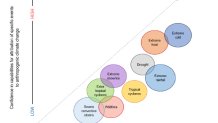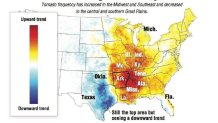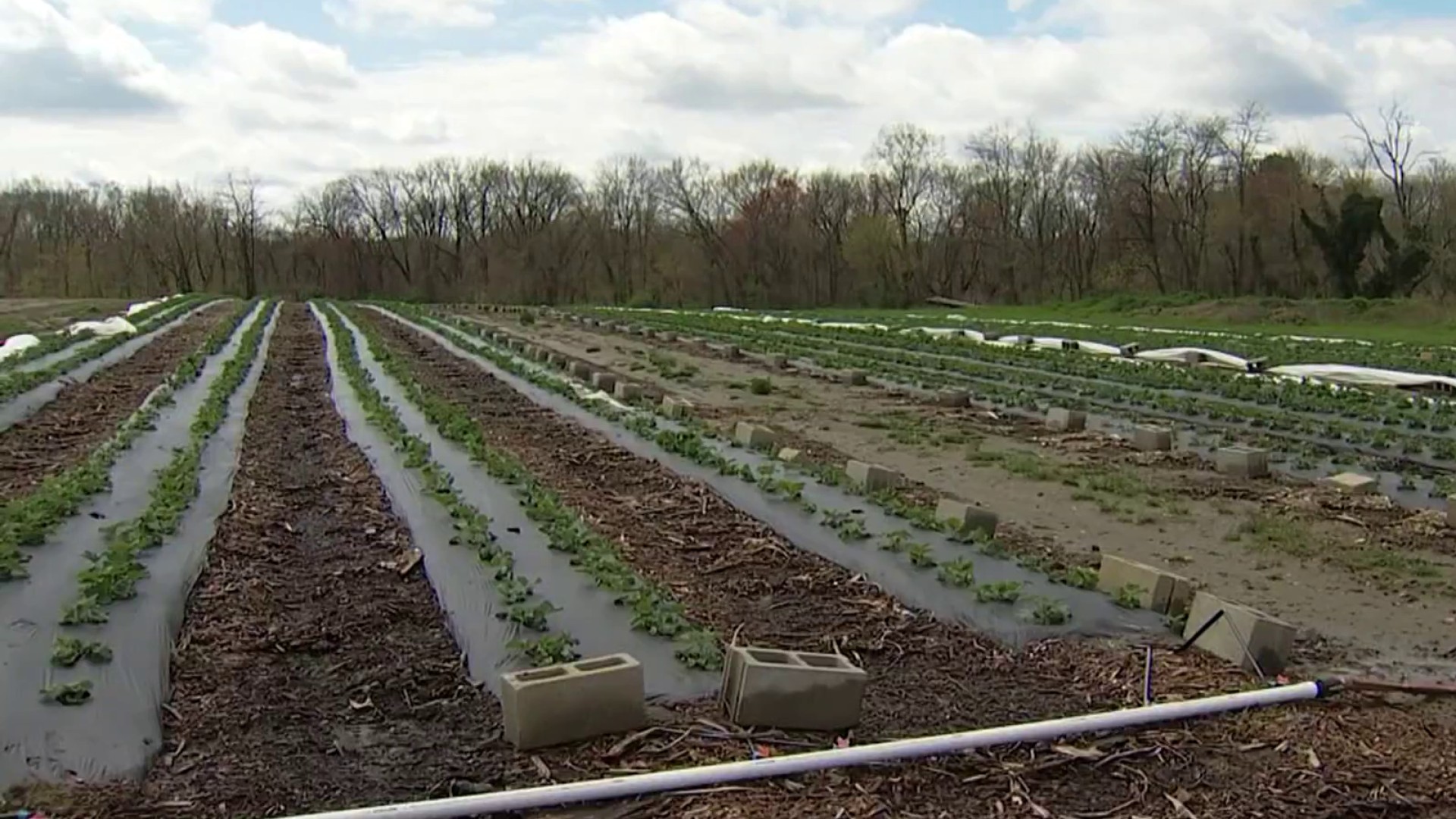An unheard-of tornado outbreak hit parts of Eastern Pennsylvania, central New Jersey and southern Delaware. Surveys are still in progress now to determine how many there were and how intense as well.
But we already know that one of the tornadoes, which touched down in Bucks County, was a relatively large EF-3.
We asked our resident weather history expert, Glenn "Hurricane" Schwartz -- who, with Jon Nese, literally wrote "The Philadelphia Area Weather Book" -- a few questions about the tornado outbreak.
How rare were the tornadoes that hit the Philadelphia area Thursday?
Get Philly local news, weather forecasts, sports and entertainment stories to your inbox. Sign up for NBC Philadelphia newsletters.
Schwartz: I’ve been forecasting in this area for 26 years and have never seen anything like it. Yes, tornadoes have occurred in the past, but I’m sure the National Weather Service surveys will find that this outbreak had more, longer tornadoes and perhaps more intensity than has ever been recorded here.
On Friday, we learned that the tornado was rated an EF-3, which is the middle of the Enhanced Fujita Scale, which goes from EF-0 to EF-5. The last time an EF-3 was reported anywhere in Pennsylvania was in 2004.
In the Philadelphia Area Weather Book, we researched Philly area weather back to the 1700s. And we found that intense tornadoes in Pennsylvania almost always occur in the western part of the state.
Weather Stories
Were there warnings for them?
Schwartz: Yes. In fact, the National Weather Service in Mt. Holly, New Jersey issued 14 separate tornado warnings, including a "particularly dangerous" tornado warning for the first time ever.
The NWS did an amazing job in providing the warnings, seeing the storms' "signatures” on radar and alerting people in the path. Then it was our responsibility to relay those warnings on TV and radio and the web.
But remember -- you have a responsibility to listen to the news alerts, so you can be aware of the threats and those warnings can help you.
Did climate change cause this?
Schwartz: There's not a simple answer to that question. There is strong, direct evidence that climate change is increasing the risk of heat, floods, and droughts. But there is less evidence when it comes to tornadoes.
One of the reasons is that they are relatively rare. so it's hard to get enough data to prove the impact of climate change on tornadoes.
Here is a classic graphic showing the relative strength of the connections to climate change (notice “severe convective storms at the bottom of the list):

But I don’t think it’s right to say: “there isn't a connection." The graph below shows that the smallest tornado outbreaks (in blue, red, and yellow) have not changed much in the past 50 years. But the biggest outbreaks have shown a clear and dramatic increase.
That is significant to me. It’s similar to the connection between climate change and hurricanes; we don’t see more tropical storms and “weak” hurricanes, but the number of Category 4 and 5 hurricanes --- the strongest ones -- has definitely increased this century.

And look at the changes in the county's Tornado Alley. That's no longer just Texas, Oklahoma and Kansas. The frequency of tornadoes there has clearly gone down, while states from Louisiana to Illinois have gone way up.

Something is changing, even if we can’t explain it yet.
Can we prove the connection between climate change and tornado outbreaks like the one we had yesterday? Not yet. But many of us who study the climate/weather connection have strong suspicions that, in the decades to come, the change of tornado patterns will become more obvious.



